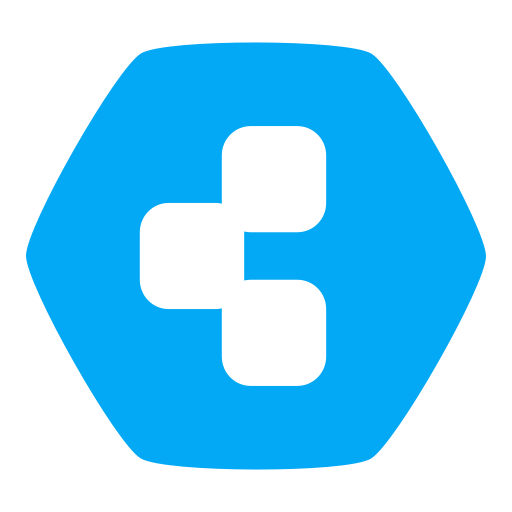@LoudLemur I think the answer is still to use Peertube, which is much more like "an Immich for videos" than Owncast is.
Owncast is designed specifically for live streams, not for what you are trying to do (if I've understood you correctly).
Note, Peertube also supports livestreaming. But it is specifically designed for uploading and sharing videos that people can watch at anytime.
Have a read of https://docs.joinpeertube.org/use-create-upload-video (that includes details about how to do either a one-off or recurrent/ permanent livestream and gives some examples of streamings using OBS or Jitsi)
